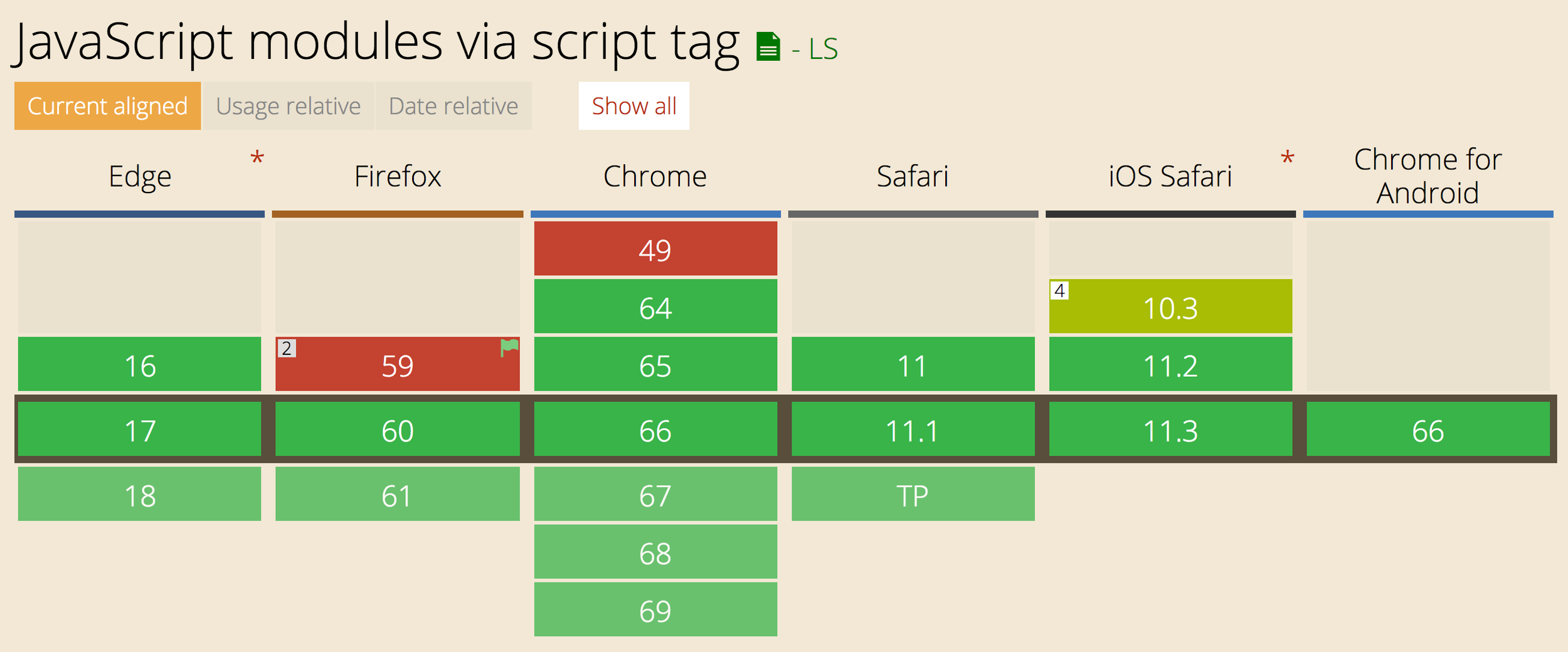The complexity of Front-End applications grew past years extensively. That’s the reason big monoliths started being split to separate UI and modules working with different API. After years of using custom solutions and confusion around Micro Front-Ends, we are in the new era of the native support of Module Federation in Webpack 5, and tools, such as Storybook components system, SPA, and others switching to the common standard.
But this gives the tool to build apps which can work with specific microservices, and behind there are different topics- which use cases micro apps are useful for, what about coordination of shared modules interaction, their promotion and deployment of the newer versions, how they scale, how teams and work can be organized.
In this talk, the above areas will be discussed, and together with the live demos, you’ll learn about the current state of the art.




